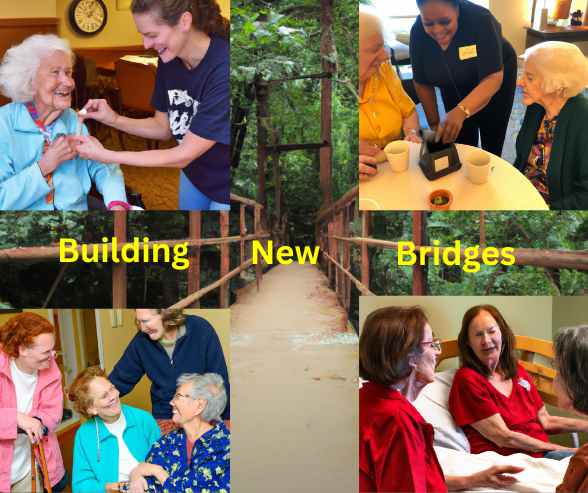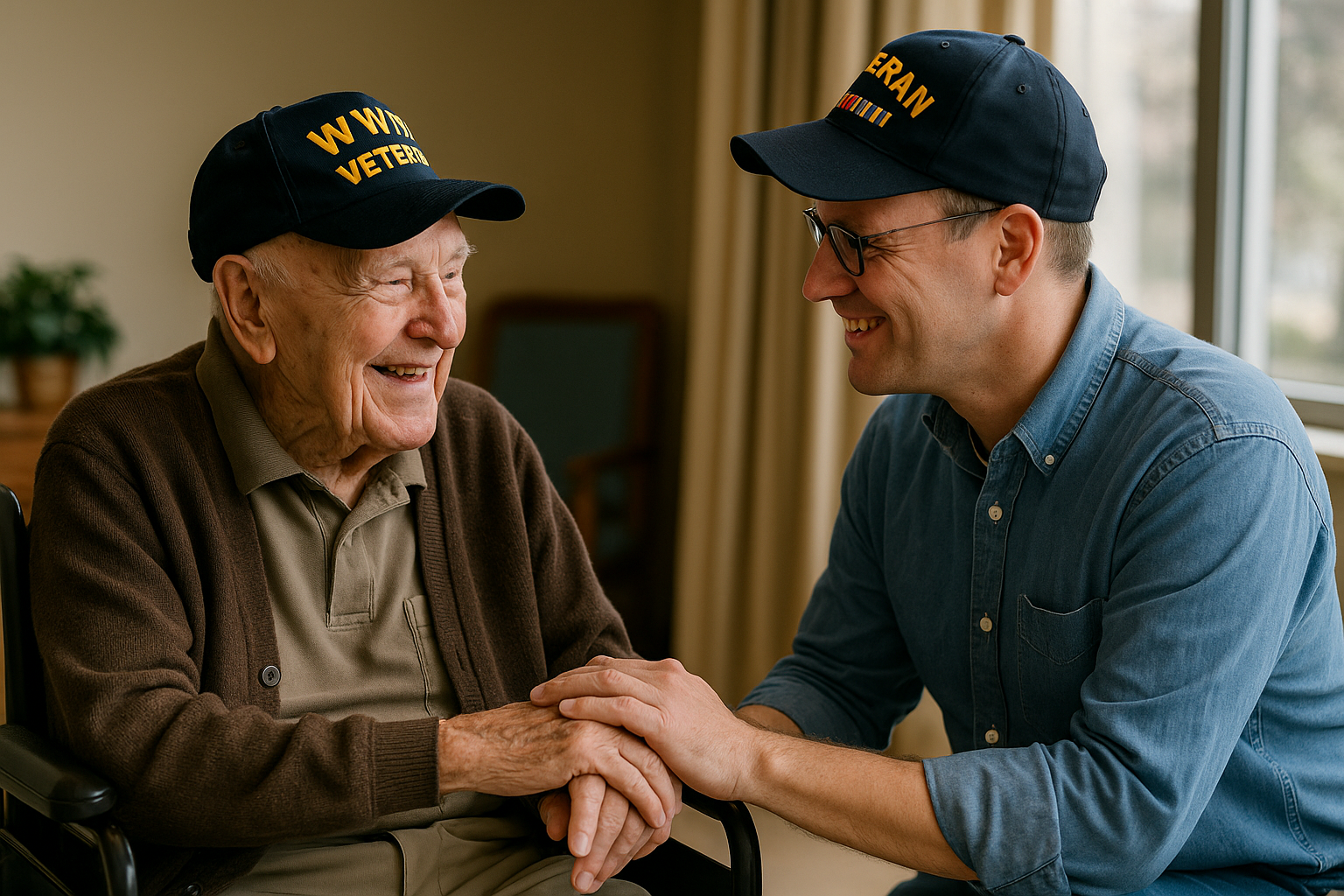How volunteers bring comfort to people living in long-term care communities
.
Introduction
In today’s fast-paced world, where everyone seems to be constantly on the move, it’s easy to forget about those who might be feeling isolated and lonely. One group that often experiences this sense of isolation is individuals living in long-term care communities. But there’s a heartwarming story that often goes unnoticed: the story of volunteers who dedicate their time and effort to bring companionship and comfort to these residents, breaking isolation and brightening their lives.
The Loneliness Epidemic
As we age, our lives often undergo significant changes. Retirement, the loss of loved ones, and physical health challenges can all contribute to a sense of loneliness. For many, transitioning to long-term care communities becomes a necessity due to health conditions that require specialized care. While these communities provide the necessary medical attention, they can also inadvertently lead to feelings of isolation.
The Role of Volunteers
Volunteers play a crucial role in addressing this loneliness epidemic among individuals in long-term care communities. They offer their time and companionship, helping residents to feel connected to the outside world and reminding them that they are not forgotten.
Creating a Sense of Community
One of the most significant contributions of volunteers is the creation of a sense of community within long-term care communities. They organize group activities, game nights, and even small parties to encourage social interaction among residents. These activities not only break the monotony of daily routines but also foster meaningful friendships.
Providing Emotional Support
Volunteers are often skilled listeners who lend a compassionate ear to residents who may have no one else to confide in. They provide emotional support, offering comfort during times of grief and joy during moments of celebration. This emotional connection can be transformative, alleviating feelings of isolation and depression.
Libraries with Living Books
The people living in long-term care communities have a wealth of life experiences to share. Volunteers and residents engaging in conversations about the past can bring a sense of purpose to residents and allow them to relive cherished memories. Volunteers often find themselves enriched by the wisdom and stories shared by the individuals they befriend.
Bridging Generational Gaps
Many volunteers are young adults or even teenagers, which creates a unique opportunity for intergenerational bonding. These connections bridge the gap between generations, helping residents stay in touch with the younger world and offering young people valuable life lessons from their elderly companions.
The Impact
The impact of volunteer efforts on residents’ lives cannot be overstated. These interactions provide residents with a renewed sense of belonging and purpose. Studies have shown that individuals who regularly engage with volunteers experience improved mental and emotional well-being, decreased feelings of depression, and even enhanced physical health due to the positive emotions generated by social interactions.
From the Volunteer’s Perspective
For volunteers, the rewards of bringing comfort to individuals in long-term care communities are immeasurable. They often discover a deep sense of fulfillment and personal growth through their experiences. Let’s delve into the volunteers’ perspective and explore why they find this work so meaningful.
Building Empathy and Compassion
Volunteering in long-term care communities fosters empathy and compassion in volunteers. They learn to see the world through the eyes of residents who may be battling loneliness and health issues. This newfound understanding often leads to personal growth and a more compassionate outlook on life.
Creating Lifelong Memories
Volunteers often form strong bonds with the residents they spend time with. They cherish the memories created during their interactions, and these experiences stay with them for a lifetime. Many volunteers look back on their time with residents as a period of personal growth and valuable life lessons.
Making a Real Difference
Perhaps the most rewarding aspect of volunteering is the knowledge that you are making a tangible difference in someone’s life. Volunteers witness the positive changes in residents’ attitudes and emotions, and this serves as a powerful motivator to continue their work.
How You Can Get Involved
If you’re inspired by the idea of breaking isolation and bringing comfort to individuals in long-term care communities, you can get involved in various ways:
- Contact Local Communities: Reach out to long-term care communities in your area to inquire about volunteer opportunities. Find the communities in your area by searching here.
- Spread Awareness: Share the importance of volunteer work in long-term care communities with friends and family to encourage more people to get involved.
- Share Your Skills: If you have a particular talent or skill, such as playing a musical instrument or offering art therapy, consider sharing it with residents.
- Regular Visits: Even simple, regular visits to residents can make a world of difference in their lives.
- Join NALTCV: The NALTCV offers online training specifically for volunteers serving in long-term care communities as well as specialized support for people managing volunteers in long-term care communities.
Conclusion
Loneliness and isolation among people in long-term care communities is a pressing issue that requires our attention and care. You, the volunteer, can play a pivotal role in breaking this isolation, providing comfort, and creating a sense of community for people who deserve our respect and companionship. By joining hands, we can make a meaningful difference in the people’s lives ensuring that their days are filled with warmth, companionship, and love.
.
For questions, please feel free to contact us at: Info@NALTCV.org




